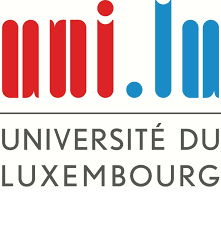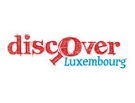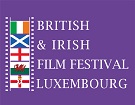
A new research project, entitled "Lingscape" is to look at the use of written language in public spaces, using a newly-developed freely-downloadable mobile app designed at the University of Luxembourg.
The research is being led by Dr Christoph Purschke together with Prof. Peter Gilles, and researchers are hoping the general public will download thei app which will help identify written language in public spaces.
Signs in public spaces are used by different actors for different purposes (administrations, shops, private individuals, artists) - and are often removed in unauthorised cases such as graffiti. The variety of such signs in public space, the so-called linguistic landscape, is currently being studied by the linguists of the Institute for Luxembourgish Linguistics and Literary Studies at the University of Luxembourg.
In this context, Dr Purschke, together with Prof. Peter Gilles, examining the share of German, French, Luxembourg and Portuguese signs and other written language in Luxembourg and the surrounding regions. But also the growing importance of English in the everyday life of many people will be investigated more closely in the context of the Luxembourgish linguistic landscape.
The special highlight of the project is the possible active support of Luxembourg’s population with the help of the "Lingscape" smartphone app, which can be downloaded free of charge in the app stores of Apple and Google. "As researchers, we are part of the society in which we live," explains Purschke. "This is why we are not that interested in our scientific perspective on the linguistic landscape, but more in the citizens’ perspective."
This process is also referred to as Crowdsourcing or Citizen Science. What are the signs in public space that people notice? In which languages are they written? And where exactly are these signs? Now, everybody can support the researchers from the University of Luxembourg in answering these and other questions. The "Lingscape" app makes it possible to use the smartphone to take pictures of signs and inscriptions in public space and to locate them geographically exactly on an interactive map. Users can also see in the app what other users have uploaded. Over time, a virtual map of Luxembourg's linguistic landscape will be created with the support of the citizens.
The data obtained in this way are subsequently evaluated by means of methods from computer linguistics.
At the beginning, the project concentrates on Luxembourg and the surrounding countries. But the app can be downloaded and used from all over the world. "Luxembourg is of course of particular interest to us," says Christoph Purschke. "But linguistic landscapes are diverse and exciting all over the world, so we want to expand the app into a universal research tool for other projects as well." Also the use of the app in schools is a declared goal of the project. Therefore, the researchers will establish an official cooperation with the Luxembourgish Ministry of Education. On the one hand, the app helps sensitising students for multilingualism and the complex conditions of their social anchoring. On the other hand, the handling of images and copyrights on the Internet can also be illustrated with Lingscape. For more information, visit http://lingscape.uni.lu
The Lingscape app








